Power of One: One T-Shirt Feeds One Child for One Month
By: Anna Lee Boschetto
Can one T-shirt make a difference? If you ask Chris Cooper, the founder of Runners Heal, the answer is most definitely yes. No further questions asked. Runners Heal is an organization on a mission to relieve hunger and educate children and families in East Africa with the help of the global running community.
Each item of clothing sold, supports school meals for the children who need it most. Cooper has been on this mission for nearly a year, and with 90,000 meals provided in Kenya’s Kerio Valley he and others are seeing their impact. We caught up with Cooper shortly before his recent trip to Ethiopia, to talk about how he began this movement, his own marathon goals and why he’s so passionate about the running community at large.
iRun: Tell us about Runners Heal. Can you walk us through the process of making donations to Kenya?
Chris Cooper: We are a social enterprise, which donates a percentage of the sale item to fund school meals. As for the spark, it was never actually planned – but during a trip to Kenya I was so shocked with the conditions I found, I wanted to make a difference. Each item of clothing is worth a certain number of meals. We purchase the meals ourselves from local farmers to aid the community, and then deliver the food to the schools ourselves. It’s important for us to keep total control and transparency over the donation element.
iRun: Why the connection with runners, what made you decide to target the running community specifically?
CC: Being passionate about running, it’s something I am happy to talk about all day so it made sense. Plus the best runners in the world come from East Africa, so the link was clear to me
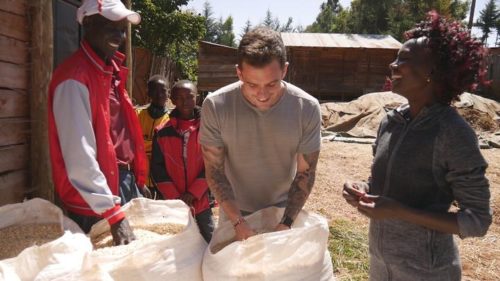
Mary Keitany, ladies world record marathon holder has partnered with Runners Heal to help provide the 90,000 meals through her farm.
iRun: How many meals have you provided to children? Does money raised go towards other programs including education? Can you explain?
CC: We are closing in on 100,000 Meals since our start. At the moment we are purely focused on meals, as meals equal school attendance and therefore result in a higher education level. With surplus money we have also built two farms on school lands, to boost this process and help reach the children how to farm and grow their own crops.
iRun: Runner Heal has a pacer and ambassador program how does that work? How else can people get involved with Runners Heal?
CC: I am keen to keep Runners Heal personal, by runners for runners. So our ambassador programs are not based on how many thousand followers you have, but more a reward for helping us grow. We highlight awesome posts and people who are clearly part of the movement and send them free stuff as a thank you. As for the pacers, that’s a little more closer to the “influencer” category, of which we are inviting our key pacers to a meeting in Kenya this summer.
iRun: Many races are connected to charity organizations in some capacity, why do you believe it’s so important to give back to communities in this type of a way?
CC: Audrey Hepburn once said that as you grow older you realize that you have two hands, one to feed yourself and the other for helping others. I’m a big believer in that where possible we should all stick together and make our brothers and sisters lives better if they are in need.
iRun: You seem quite hands-on going into different communities, it seems very personal for you, why is that connection important to you?
CC: Well firstly, I enjoy helping others and experiencing cultures. But from a commercial perspective I think that the followers of my journey appreciate the work I do personally, and there’s an element of trust and security when they can see a guy documenting his journey delivering the aid.
iRun: What or who keeps you inspired to continue building Runners Heal? Where do you see it going next?
CC: The community on social media. Daily I get messages and comments that inspire me to continue and grow. As for next, let’s see. I’m heading to Ethiopia for the first time, with the view to expand our reach but it depends what I see. I visited a few places in Kenya previously and decided instead to focus more on our current area of Kerio Valley as I just felt they were in greater need.
iRun: How and when did you get into running?
CC: All my life I’ve been active, but running became a hobby a couple of years ago when I was diagnosed with double pneumonia and I knew I needed to make a health change
iRun: As we all know music can be the motivation we need to carry on in our training. Do you run with music and if so, can you tell your top five tunes on your running playlist that help you push past difficult moments?
CC: I’ve a wide range of music taste to be honest. Mostly for running I have a mix from SoundCloud downloaded and I listen to a live DJ set, but depending on my mood I can also switch to some U.K. rap music or have a sing-along to Rag ‘N’ Bone Man. As I said, a wide range!
iRun: Where will running/racing take you next–what are the races you plan on participating in this year?
CC: Berlin and NYC Marathons. Although to be honest, don’t be too impressed – due to my efforts in Runners Heal alongside my full time job and weekly commute to my son in the UK, my fitness levels are far from where they should be approaching these races.





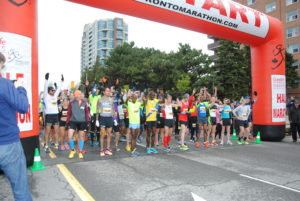
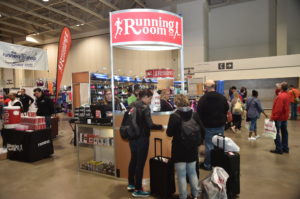

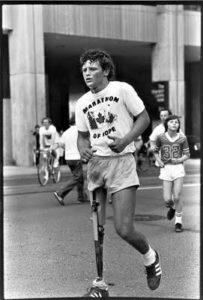


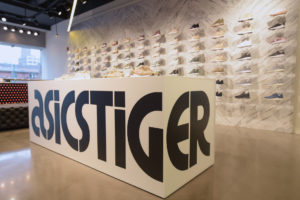
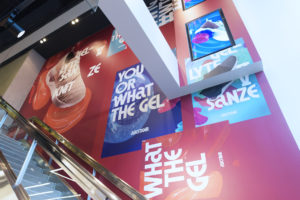


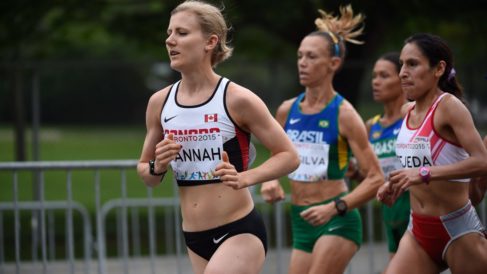
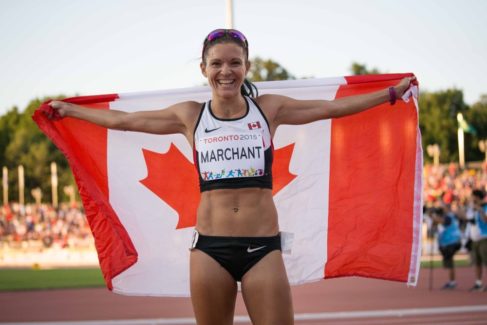


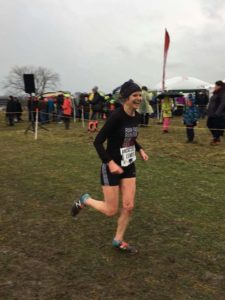

 Our Magazine
Our Magazine
